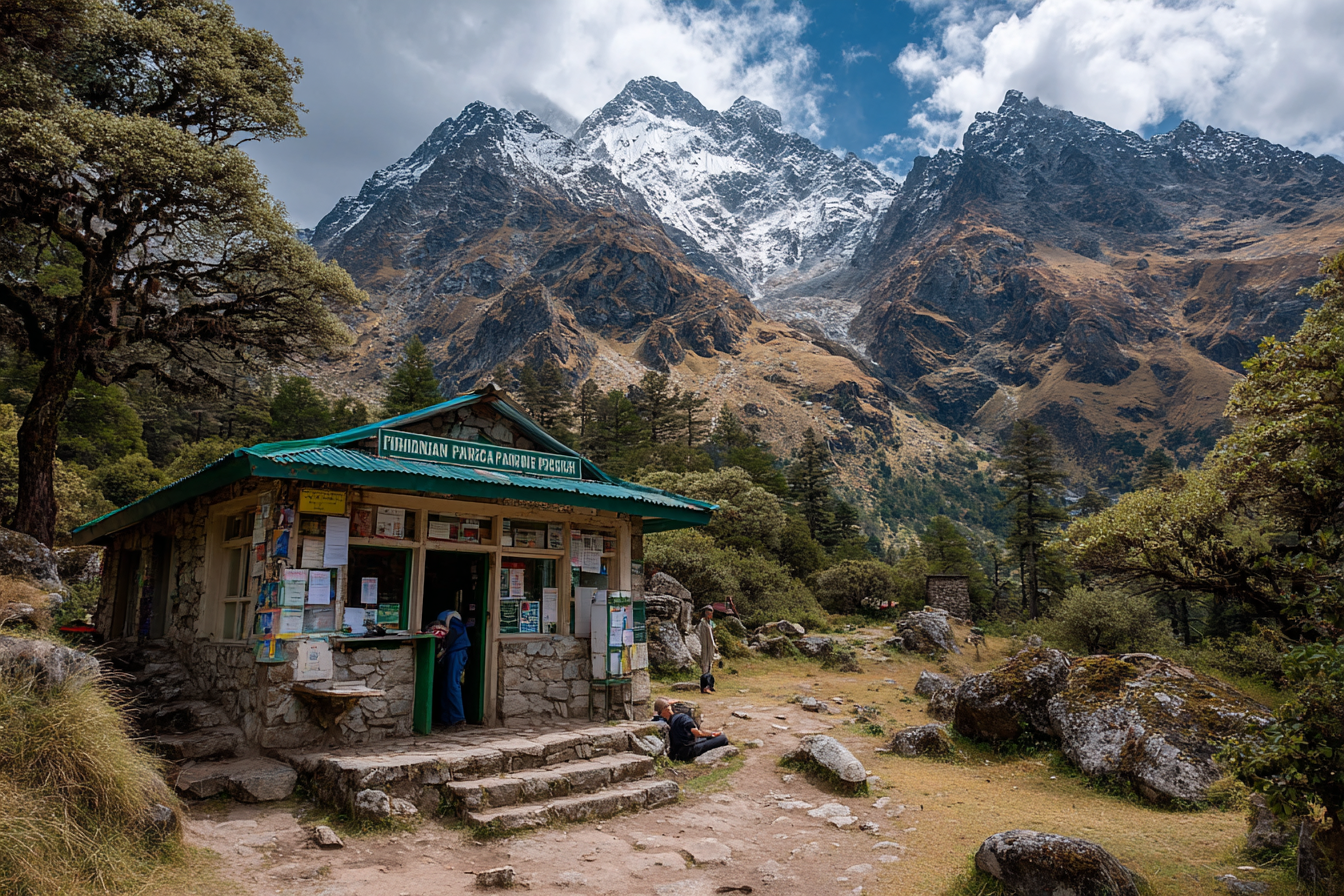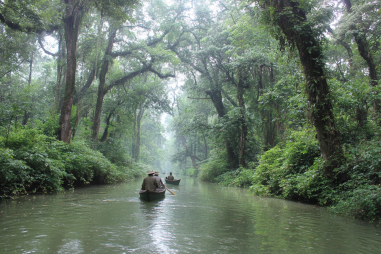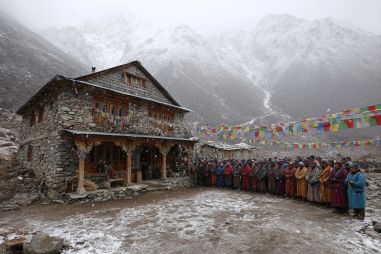Embarking on the Annapurna Base Camp trek is an exhilarating adventure, offering breathtaking views of the Himalayan landscape. However, before lacing up your boots and heading into the mountains, it’s essential to understand the permit requirements and regulations that govern this journey. Following the rules not only ensures your safety and legality but also helps preserve the natural beauty and cultural heritage of the Annapurna region. This guide dives into everything you need to know about Annapurna Base Camp permits and regulations, helping you prepare for a smooth and responsible trek.
Why Permits Are Crucial for Trekking in the Annapurna Region
Trekking in the Annapurna Conservation Area (ACA) is regulated through permits to manage tourism sustainably. These permits serve several vital purposes:
- Environmental Protection: The Annapurna region is ecologically sensitive. Permit fees contribute to conservation efforts, waste management, and maintaining the trail system.
- Safety and Security: Registers maintained through permits help authorities track trekkers, assist in emergencies, and maintain safety standards.
- Local Community Support: Permit fees support the livelihoods of local communities, encouraging responsible tourism development.
- Legal Authorization: Carrying the proper permits ensures you’re trekking legally, avoiding fines or penalties during your journey.
Without these permits, you risk fines, facing obstacles on the trail, or being asked to turn back. Hence, securing your permits in advance is a step you shouldn’t skip.
Types of Permits Required
There are two main permits that every trekker must obtain before trekking to Annapurna Base Camp:
1. Annapurna Conservation Area Permit (ACAP)
This permit is mandatory for entering the Annapurna Conservation Area, which covers the Annapurna Base Camp trail. It is issued by the National Trust for Nature Conservation (NTNC) and allows you access to the protected natural reserves of the area.
2. Trekker’s Information Management System (TIMS) Card
The TIMS card functions as a tracking system for trekkers in Nepal. This card helps authorities monitor trekking activities, ensuring the safety and security of tourists. It is required for all popular trekking routes, including Annapurna Base Camp.
Note: If you are trekking with a registered trekking agency, your TIMS card usually includes information about the agency and guides assisting you.
How and Where to Apply for Permits
Obtaining your permits is a straightforward process, and there are several options:
- In Kathmandu: You can apply for both ACAP and TIMS at the Nepal Tourism Board or through trekking agencies.
- In Pokhara: If you prefer traveling light to the mountains, permit offices in Pokhara provide the same services.
- Online Application: The Nepal government has progressively introduced online permit applications for convenience. Check the official websites of the NTNC and Nepal Tourism Board for the latest updates and apply online where available.
- Through Trekking Agencies: Many trekkers opt to have their permits arranged by their trekking companies. This is handy for first-timers or those seeking a hassle-free experience.
Make sure to carry a copy of your passport and passport-sized photos for the application process. Agencies often handle these requirements for you if you book a trekking package.
Costs and Validity Periods of Permits
The cost of the permits can vary for domestic (Nepali) and international trekkers, as well as depending on the trekking season (peak or off-peak). As of now, the approximate fees are:
- Annapurna Conservation Area Permit: Around NPR 3,000 (approx. USD 25) for foreign trekkers during peak season; cheaper rates apply for off-peak and Nepali citizens.
- TIMS Card: NPR 2,000 (approx. USD 17) for individual trekkers; a reduced price may apply for trekkers organized through agencies.
The validity of these permits generally covers the duration of the trek and can be extended if necessary by returning to the issuing office. Ensure your permit coverage spans your planned days on the trail to avoid complications.
Important Rules and Regulations While Trekking
Having your permits is just one part of responsible trekking. To protect the environment and respect local culture, trekkers should follow these essential rules:
- Carry your permits at all times: Authorities frequently check for valid permits, especially at checkpoints.
- Respect local customs and traditions: The Annapurna region is home to various indigenous communities; honor their culture and practices.
- Environmental responsibility: Do not litter, avoid using plastic bags, and minimize your carbon footprint.
- Stick to designated trails: Wandering off marked paths can cause erosion and damage fragile ecosystems.
- Avoid hunting or disturbing wildlife: The region’s flora and fauna are protected, and disturbing them harms biodiversity.
- Use toilets or waste disposal facilities: Practice responsible sanitation to keep the area clean.
- Limit use of firewood: Use alternative sources for cooking to prevent deforestation.
Following these guidelines not only preserves the environment but also enhances the trekking experience for everyone.
Penalties for Non-Compliance
Ignoring permit requirements or breaking trekking regulations can lead to several consequences:
- Fines: Trekkers caught without valid permits may face significant fines that can be as high as several thousand NPR.
- Detainment or Forced Turnback: Officials can deny access to trekking routes and send violators back.
- Damage to Reputation: If trekking through a guide or agency, non-compliance can jeopardize future trekking permits or relationships with local authorities.
- Environmental Harm: Not following rules can contribute to pollution, wildlife disruption, and degradation of the trail, affecting the natural heritage.
For a hassle-free and enjoyable trekking experience, it’s best to respect all requirements fully.
Tips for Hassle-Free Permit Acquisition
To make the permit process smooth and stress-free, keep these tips in mind:
- Apply early: Especially during the peak trekking seasons (October-November, March-April), permit offices can get crowded.
- Verify requirements: Check with official sources or your trekking agency about the latest document requirements and fees because these can change.
- Bring necessary documents: Passport, passport-sized photos, and fee payments in the accepted format (cash/local currency).
- Use a reputable trekking agency: If you’re unfamiliar with permit processes, an agency can handle the paperwork and reduce hassle.
- Keep multiple copies: Have printed and digital copies of your permits in case you lose the originals.
- Respect local guidelines: When trekking permits require you to register your itinerary, stick to it as closely as possible.
Updates and Recent Changes in Regulations
Permit regulations in Nepal occasionally undergo updates to improve management and conservation. Some recent and important changes include:
- Online permit applications: Nepal is gradually facilitating online applications for ACAP and TIMS to streamline the process.
- Stricter enforcement: Authorities have increased permit checks on the trail to discourage illegal trekking.
- Permit fees revision: Some increases in permit fees have been introduced recently to support conservation efforts better.
- Environmentally focused rules: Greater emphasis on waste management and eco-friendly trekking practices.
Before you embark on your trek, it is wise to verify the current rules and permit costs from official sources or trusted trekking operators.
Final Checklist for Annapurna Base Camp Permits
Before setting off, ensure you have the following items squared away:
- Valid Annapurna Conservation Area Permit (ACAP)
- Trekker’s Information Management System (TIMS) card
- Valid passport and at least one passport-sized photograph
- Copies (digital and print) of all permits and identification documents
- Updated knowledge of current permit costs and rules
- Compliance plan for local trekking regulations and environmental guidelines
- Contact details of your trekking agency or guide, if applicable
Having these ready will let you embark on your Annapurna Base Camp trek feeling confident, legal, and ready to respect the stunning natural surroundings.
Navigating the permit requirements and regulations for Annapurna Base Camp helps you honor the region’s environment, culture, and community. With your permits in hand and a well-informed mindset, you’re set to enjoy one of the most rewarding trekking experiences in the world — a true adventure amid the majestic Himalayas!







